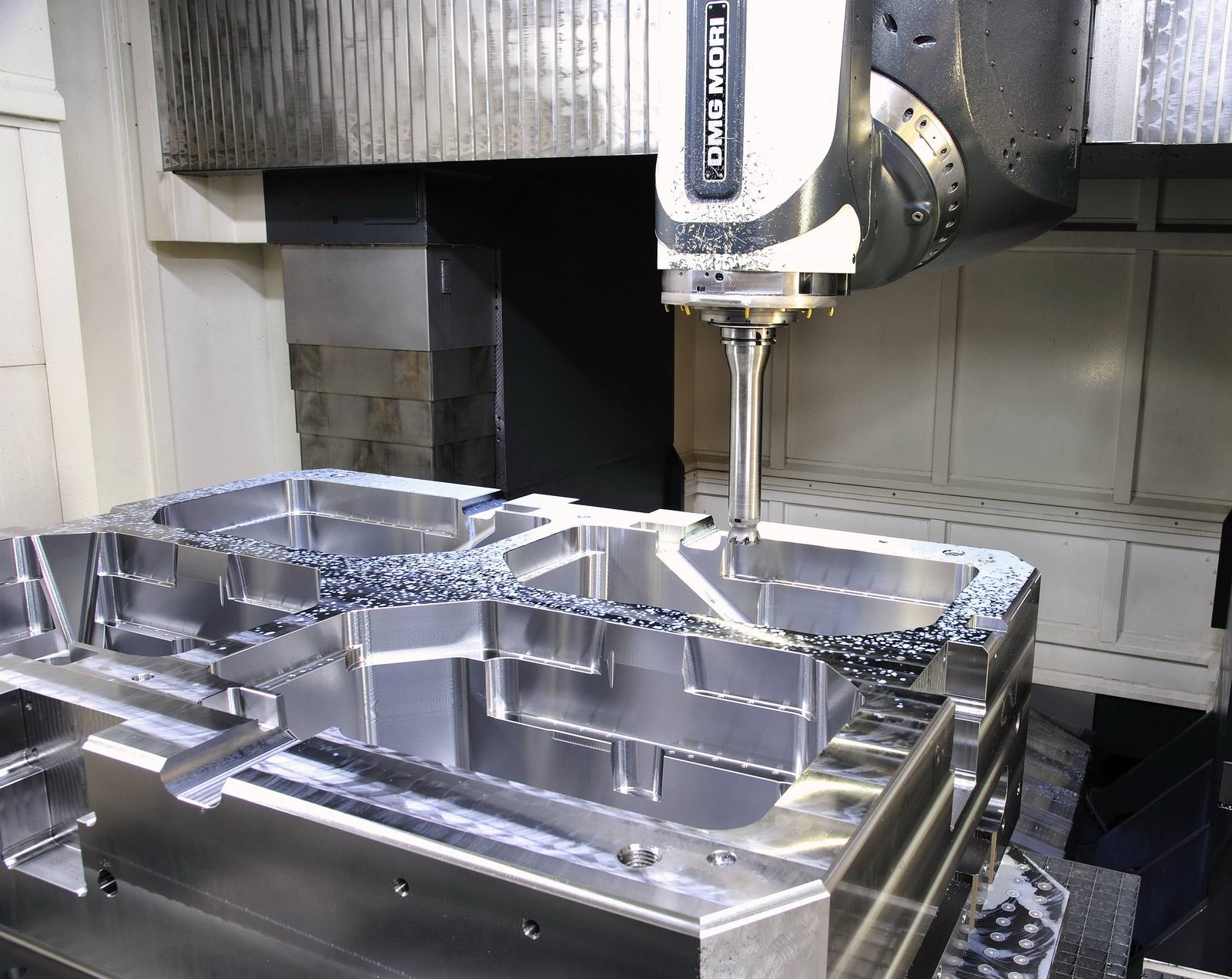Enhancing Productivity: The Method By Which Injection Molding Reduces Time and Costs

Within today's fast-paced production environment, finding ways to enhance efficiency and cutting expenses is essential for companies looking to stay competitive. A of the most transformative methods in contemporary manufacturing is injection molding, a method enabling the fast production of complex components with high precision. While companies strive to enhance their processes, understanding the benefits of this technique services for making informed decisions that affect both time and financial resources.
This process not just streamlines production but also reduces material waste and lowers the chances of defects. The injection molding process can significantly shorten production times, enabling businesses to respond quicker to market demands. Through leveraging the benefits of injection molding, companies can not only enhance their output but also ensure that they are utilizing the most of their resources. In this article explore the myriad advantages of this process and how it can be a game changer for production companies looking to enhance their overall efficiency.
Grasping Molding through Injection
Injection formation is a manufacturing process that entails the fabrication of parts by forcing hot substance into a mold. This method is widely used across various sectors due to its capability to produce large quantities of parts with reliable standards and precision. The materials typically used in this process include synthetics, metals, and silicates, which can be molded into detailed shapes and dimensions. The process begins by raising the temperature of the designated substance until it becomes formable, followed by filling it into a ready mold where it cools and solidifies.
One of the key pros of injection molding is its efficiency. Once the die is made, it can be recycled multiple times, which considerably diminishes costs of production for mass production. This method allows for quick processing times, meaning that manufacturers can produce thousands of replicated parts in a limited duration. The robotics involved in injection molding also boosts its ability to deliver increased production rates, making it a favored choice for manufacturers aiming to meet high demand with minimal delay.
In also, this process provides exceptional designing adaptability. The forms can be crafted to produce complex and sophisticated pieces that could be impossible to create with alternative manufacturing methods. This allows for creativity in the design process, as developers can experiment with configurations and attributes without major extra expenses. The ability to produce easily handled yet strong components also increases the appeal of injection molding, making it an vital technique for numerous current manufacturing applications.

Cost Efficiency and Time Reductions
Molding services are famous for their capability to greatly cut production costs. By using a template to create components, manufacturers can produce high volumes of parts with reduced waste of materials. This efficiency not only cuts costs but also guarantees that resources are used effectively, reducing the overall costs associated with production runs. As a result, businesses can enjoy increased profit margins while maintaining affordable pricing in the market.
Additionally, the rapid pace of injection molding contributes to its cost efficiency. The process enables swift cycle times, meaning that parts can be produced quickly. This fast manufacturing potential ensures that companies can fulfill urgent deadlines and respond quickly to market demands. As businesses strive to decrease lead times, the use of injection molding becomes an attractive option, allowing them to deliver orders on time while also maintaining high-quality standards.
In addition to these financial advantages, the automated processes involved in injection molding lowers labor costs and minimizes the potential for human error. Robotic systems can operate around the clock, further enhancing productivity. This combination of less reliance on manual labor and quicker production cycles means that companies not only save money but also optimize processes, allowing for resources to be allocated to other critical areas of the business.
Uses and Industries Impacted
Injection molding solutions are broadly utilized across diverse industries, significantly impacting manufacturing processes. The auto sector is one of the key sectors gaining advantages from injection molding, where elements such as control panels, exteriors, and casings are produced with high efficiency. The exactness and flexibility offered by injection molding allow for the creation of intricate shapes that meet strict safety standards while lowering manufacturing times and expenses.
Moreover critical area where this process plays a crucial role is in the retail sector. Everyday items such as plastic containers, domestic devices, and toys are manufactured using this technique. The potential to manufacture mass amounts of products rapidly means that businesses can adapt to market demands successfully, while the dependability of injection molding ensures steady quality across all items. This adaptability is essential for businesses looking to keep up with fast-paced consumer trends.
Furthermore, the medical field benefits substantially from injection molding services due to the requirement for exactness and sanitation in medical device production. Parts for injection devices, IV bags, and surgical instruments are often manufactured through this method, allowing for high-quality production that meets with stringent standards. The quickness and exactness of this process not only result in reduced expenses but also provide that essential medical items are ready when needed, ultimately boosting medical treatment.
